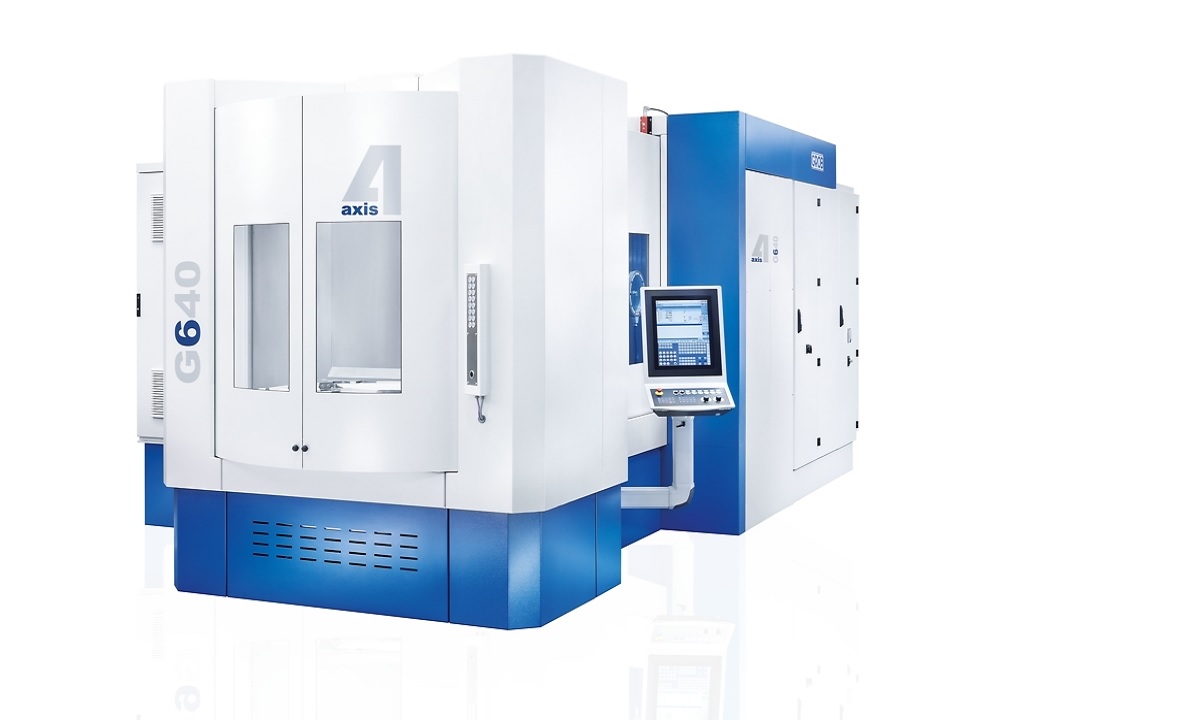

The machining centers are one of the most modern and advanced machines in the industry metalworking. This type of equipment is automated and allows the execution of multiple machining tasks thanks to computer numerical control or CNC. Why invest in a machining center?
Machining center, the most advanced technology
The machining center has the main characteristic of being automated and being able to carry out different machining processes, using computerized numerical control, CNC . These types of machines require minimum human intervention, since the operator only has to make the design of the piece, place it in the machine and activate it. In this equipment, operations use rotary cutting tools such as bits.
Today it is possible to find different types of machining centers that are distinguished by their size, functions and levels of automation. The prices of these vary according to the chosen model and its characteristics, assuming a strong investment for the workshops. The power of these centers can reach 75kW, while the speeds of the spindle range between 4,000 and 8,000 rpm. Due to their size, some machining centers support parts of up to 7,000 kg.
General characteristics of the machining centers
Despite their different sizes and technical specifications, machining centers have characteristics in common. For example, they are reconfigurable. This quality allows different operations to be carried out on the same piece and in the same machining operation; that is, the head of the machine will change between tools to, for example, mill and drill the same piece in a single process. In addition, the piece does not need to be repositioned, since it is the machine itself that repositions it.
The multiple machining operations that it can perform are possible thanks to its versatility and flexibility; These two qualities are due to the high degree of automation they have. This degree of automation also allows the production processes to be streamlined, since they have high production speed. Thanks to these levels of automation, operators can work on different CNC machines at the same time.
The parts that are manufactured on these machines have perfect surface finishes. Also, if you want to produce in series, these machines are an excellent option.
The machining centers master different programming languages (depending on the machine model); these can be Java, Python, Perl, and so on. They make it possible to work directly on the alphanumeric language CNC.
Technical requirements of the machining center
Machining centers must meet certain technical specifications so that they can perform operations properly. Not only must they have the specific tools and follow the necessary programs, but their construction must meet a series of requirements. For example, the material for the manufacture of the support of these centers must be highly resistant. Thus, cast iron, grey cast iron, forged steel or polymer concrete are used in the preparation of the supports and bench. Why these materials? Because they havelow density, they are rigid, they have low thermal expansion and high thermal conductivity and can absorb vibrations.
One of the causes for which machine tools can fail is associated with thermal expansion, because the sources of temperature are external and internal. Machining centers must have materials, elements and mechanisms that allow maintaining the optimum temperature for machining operations, such as the use of a cutting fluid that allows cooling the machining area.
Computer components
Machining centers are large computers capable of transforming the design of a part that has been made by computer into real life. As you already know, the CNC language works because a previous design of the part is made using computer software (CAD and CAM). These allow you to design the part and then translate this design into the CNC language of the machine.
In order to carry out these processes, a machining center must have certain computer components. For example, having a central processing unit (CPU), having input and output peripherals, units for data storage and PLC link unit.
The CPU is one of the most important parts of these machines, since they calculate the position of the axes, the displacements and the programs of equipment operation. The information reaches the CPU thanks to the input peripherals, such as the optical rulers, the connection with the computer or the keyboard. The output peripherals , for their part, allow the information provided by the CPU to be received. The machine monitor is one of these output peripherals.
The data storage , as you know, allows you to save the information necessary for the machine. This can be through a traditional hard drive or an RS232 connection.
When the data has been processed in the CPU is when the information is transmitted to the different parts of the machine; this allows the determined program to be executed on the piece. This data transferis not done with the help of the CPU, but of the PLC.


